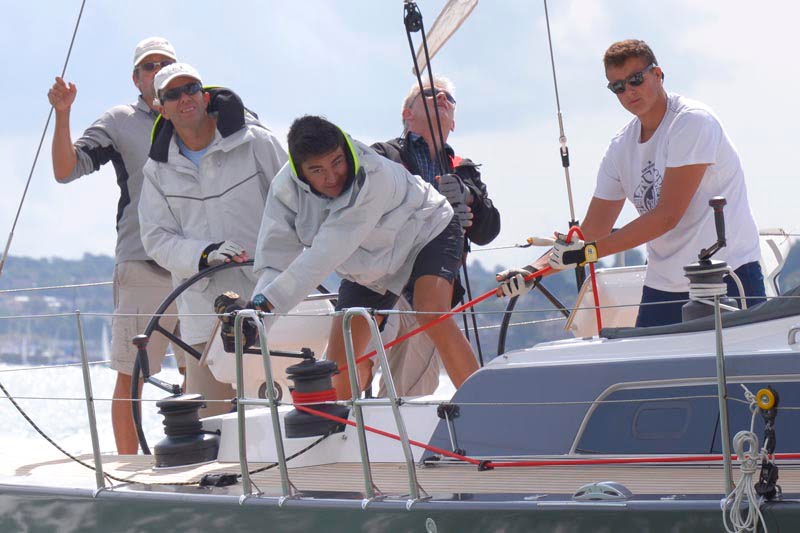A few simple checks during the weeks leading up to the regatta can make a significant different to your overall results, says Rupert Holmes
As the regatta draws close it’s therefore worth investing some time in making sure your boat will perform at its best, without unnecessary breakages and with your optimum boat speeds easily achieved across a wide range of conditions. Although at this stage it’s almost certainly too late to undertake major changes to your boat, don’t underestimate the effect that many incremental improvements can have on your overall results.
The single most important aspect is to be sure that you can have full confidence in the reliability of the boat and its equipment in any weather conditions you might encounter. Deck gear in particular needs to be carefully checked over to ensure there’s no damage and should be serviced to minimise friction. Similarly, it’s worth examining sails, especially spinnakers, for the kind of minor damage that can rapidly escalate over a week of hard sailing. Running rigging should be checked at the same time as deck fittings to ensure there are no areas of chafe and that systems run smoothly with minimal friction.
Safety equipment is just as important as a reliable boat, so now is the time to check that bilge pumps operate properly, and essentials such as lifejackets are in good condition and recently serviced. Similarly, you need to be sure that any other equipment required by one design class rules, or Category 4 of the ISAF Offshore Special Regulations for the yachts in Black Group, is on board and in good serviceable condition.
Having repeatable settings for halyard and sheet tension is a key factor in being able to have confidence in your boat speed. One of the quickest and easiest routes to improved performance is therefore simply marking settings on as many lines as possible. On larger yachts this approach also works on spinnaker guys – put a mark with a waterproof marker pen to show when there’s enough slack for gybing. If you don’t get them in exactly the right place the first time don’t worry – it’s still a big help to have a mark in approximately the right place and you can refine the settings over time.
By Rupert Holmes

